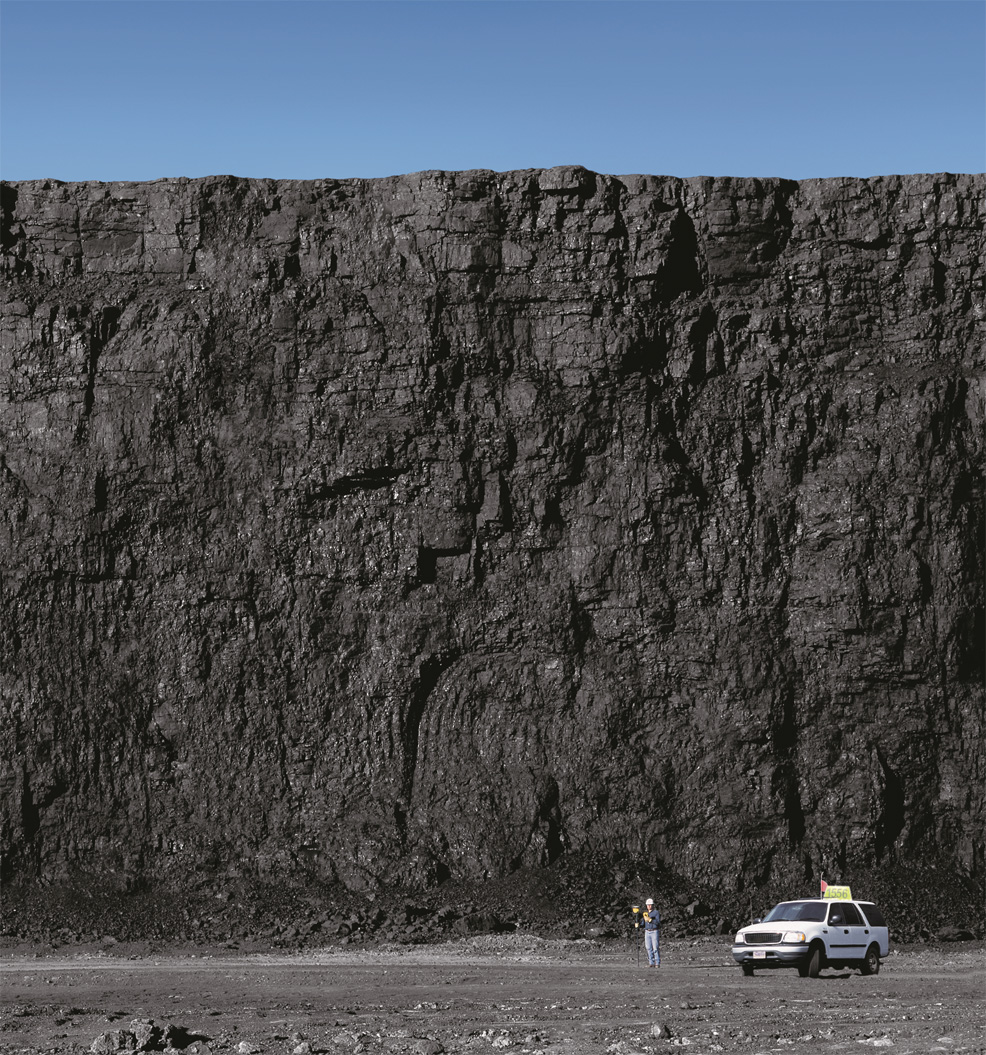
23rd December 2022 Coal consumption hits record high Despite rapid progress in clean energy, the world continues to burn coal in greater quantities than ever. However, a plateau in this – the most polluting of fossil fuels – may soon be reached.
The International Energy Agency (IEA) has released its latest report on the state of worldwide coal consumption. It shows that in 2022, coal remains the largest energy source globally, both for electricity generation and for the production of iron and steel and of cement. The current energy crisis has forced some countries to increase their reliance on coal in spite of climate and energy targets. Demand for coal is set to increase only marginally in 2022 – but enough to push it to an all-time high, according to the IEA's report, which forecasts that consumption will remain at similar levels for the next few years. Worldwide, coal use has risen by 1.2% in 2022, surpassing eight billion tonnes in a single year for the first time and eclipsing the previous record set in 2013. Based on current market trends, the report forecasts that coal consumption will remain flat at that level through 2025, as declines in mature markets are offset by continued robust demand in emerging Asian economies. This means coal will continue to be the global energy system's largest single source of carbon dioxide emissions by far.
Higher natural gas prices amid the global energy crisis have led to an increased reliance on coal for generating power, but slowing economic growth has at the same time reduced electricity demand and industrial output – and power generation from renewables has risen to a new record. In China, a heat wave and drought pushed up coal power generation during the summer, even as strict COVID-19 restrictions slowed demand. "The world is close to a peak in fossil fuel use, with coal set to be the first to decline, but we are not there yet," said Keisuke Sadamori, the IEA's Director of Energy Markets and Security. "Coal demand is stubborn and will likely reach an all-time high this year, pushing up global emissions. At the same time, there are many signs that today's crisis is accelerating the deployment of renewables, energy efficiency, and heat pumps – and this will moderate coal demand in the coming years. Government policies will be key to ensuring a secure and sustainable path forward." Europe, heavily impacted by Russia's sharp reductions of natural gas flows, is on course to increase its coal consumption for the second consecutive year. However, by 2025, European coal demand is expected to decline below 2020 levels. The world's three largest coal producers – China, India, and Indonesia – will all hit production records in 2022. However, the report notes that despite high prices and comfortable margins for coal producers, there is no sign of surging investment in export-driven coal projects. This reflects caution among investors and mining companies about the medium- and longer-term prospects for coal. From 2022 to 2025, the largest increases in coal burn are forecast for Southeast Asia (+14%), India (+7%), and China (+5%). Meanwhile, coal-fired power generation will continue to contract in the United States (-18%), while a return to a declining trajectory is expected for the European Union (-29%).
Comments »
If you enjoyed this article, please consider sharing it:
|








